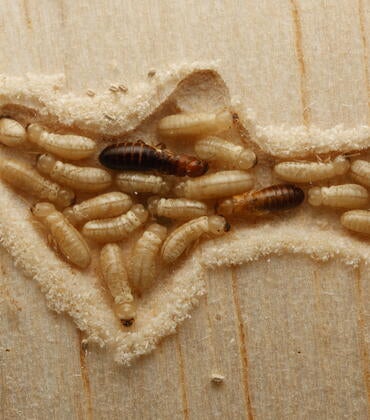
Mona Eskandari, an assistant professor of mechanical engineering at UC Riverside, is conducting research to combat lung damage due to overventilation.
The lungs undergo extensive stretching with each breath. The organ is made of materials such as collagen and elastin, which help them elongate and snap back. Damage to these biophysical structures can lead to chronic respiratory difficulties or even death. The growing demand for ventilators in the COVID-19 pandemic has doctors concerned about ventilator-induced lung injury, often caused by the tissue experiencing forces beyond physiological bounds. Currently, most ventilated COVID-19 patients will not survive and those who do tend to suffer lung scarring.
“If we know how much force the lungs can endure, we can improve ventilator use by establishing oxygenation strategies that avoid injury,” said Eskandari, principal investigator of the bMECH lab in the Marlan and Rosemary Bourns College of Engineering. “The respiratory-damaging nature of COVID-19 has highlighted the vulnerabilities associated with our modern understanding of pulmonary biomechanics.”
Eskandari’s lab seeks to understand the basic underlying science of lung function to improve interventions for lung diseases. Her research focuses on the fundamental science of how air deforms lung tissue in normal breathing in order to detect deviations in abnormal lung states earlier. She investigates the lungs using experimental characterization and computational modeling of lung structural mechanics at the organ, tissue, and microscopic scale.
Her lab also works on lung diagnostics. Early intervention is key, yet 50% of lung function is depleted by the time most patients get tested for lung disease.
“Exploring how lung function changes from healthy to diseased states means we can engineer systems to detect those changes,” said Eskandari, who is working on a tool that could help doctors assess lung health and pre-screen patients to improve early intervention for COVID-19 and other lung diseases.




